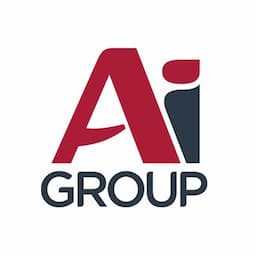Australian economic developments
Australian inflation (the consumer price index,CPI) slowed to 1.9% p.a. in the September quarter of 2018 (Q3)from 2.1% p.a. in the June quarter of 2018 (Q2), just below the RBA’s target band of 2 to 3% over the cycle. Core inflation (a less volatile measure which removes volatile and seasonal items) slowed to 1.8% p.a. This deceleration reflected modest price rises for housing-related costs such as utilities, rents, property rates and charges, as well as price falls for out-of-pocket childcare services expenses, communications and household equipment and services.With national inflation continuing to track below 2%, this means that Australia’s relatively weak average wages growth (up 2.1% p.a. on average in the private sector and 2.4% p.a. in the public sector in Q2) is still enough to generate (very modest) real income growth.
Also released this week, the latest data on producer prices (the ABS’ PPI) confirms that input costs are, on average, rising more strongly than output prices for producers of Australian goods and services. Price growth in preliminary (+5.2% p.a.) and intermediate (4.7% p.a.) producer inputs strongly outpaced price growth in producer outputs(+2.1% p.a.) in Q3of 2018. This ‘growth gap’ between price rises for final products versus preliminary and intermediate inputs indicates that business margins were further compressed in Q32018.
In other pricing indicators released this week, Australia’s import prices jumped by 1.9% q/q in Q3due to rising global oil prices(reflecting global production restrictions and capacity constraints). The lower Australian dollar has also helped to push up import prices.At the same time however, export prices rose by 3.7% q/q and 14.0% p.a.in Q3. This was driven by higher prices for gas exports, in response to strong demand for LNG in northern Asia and because LNG prices are pegged to the international crude oil price (with a two to four month lag).
Please click below to read the full report:
